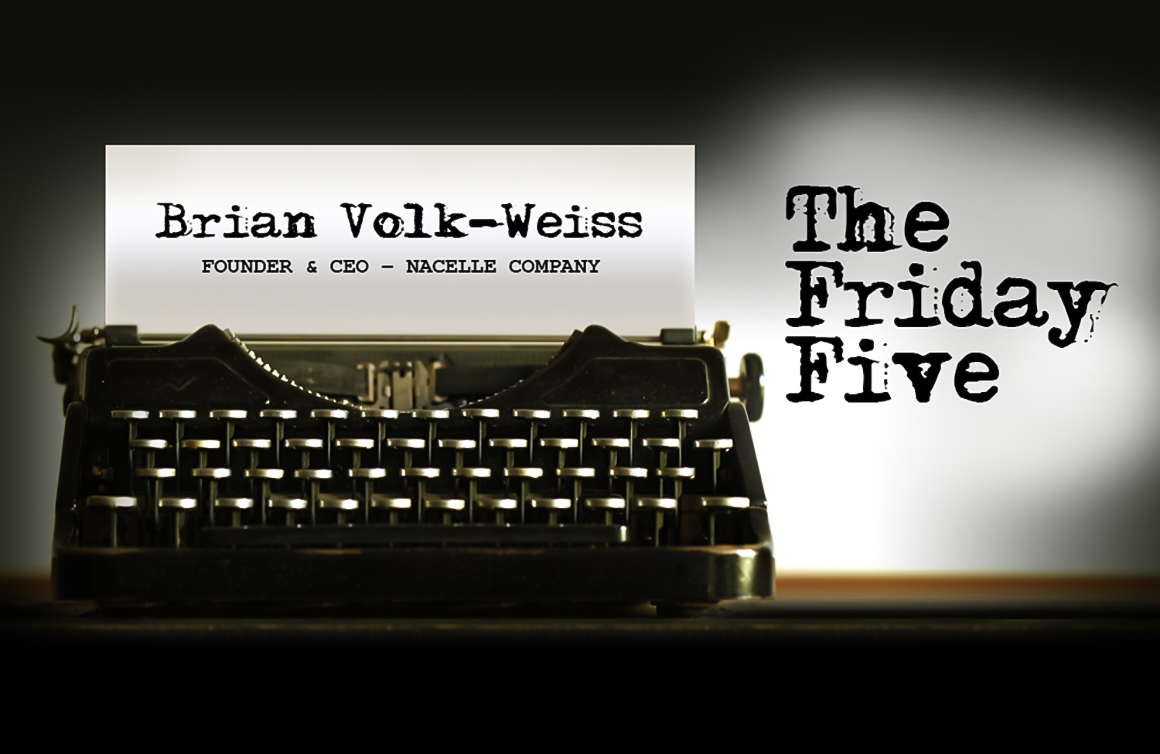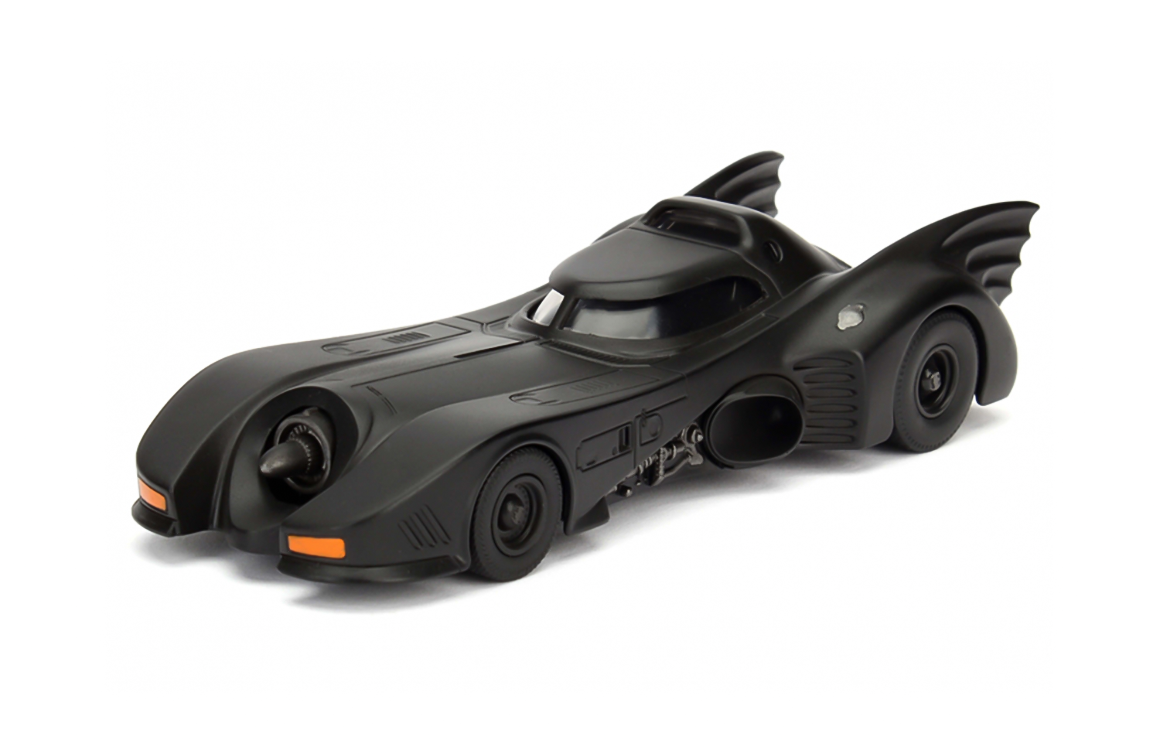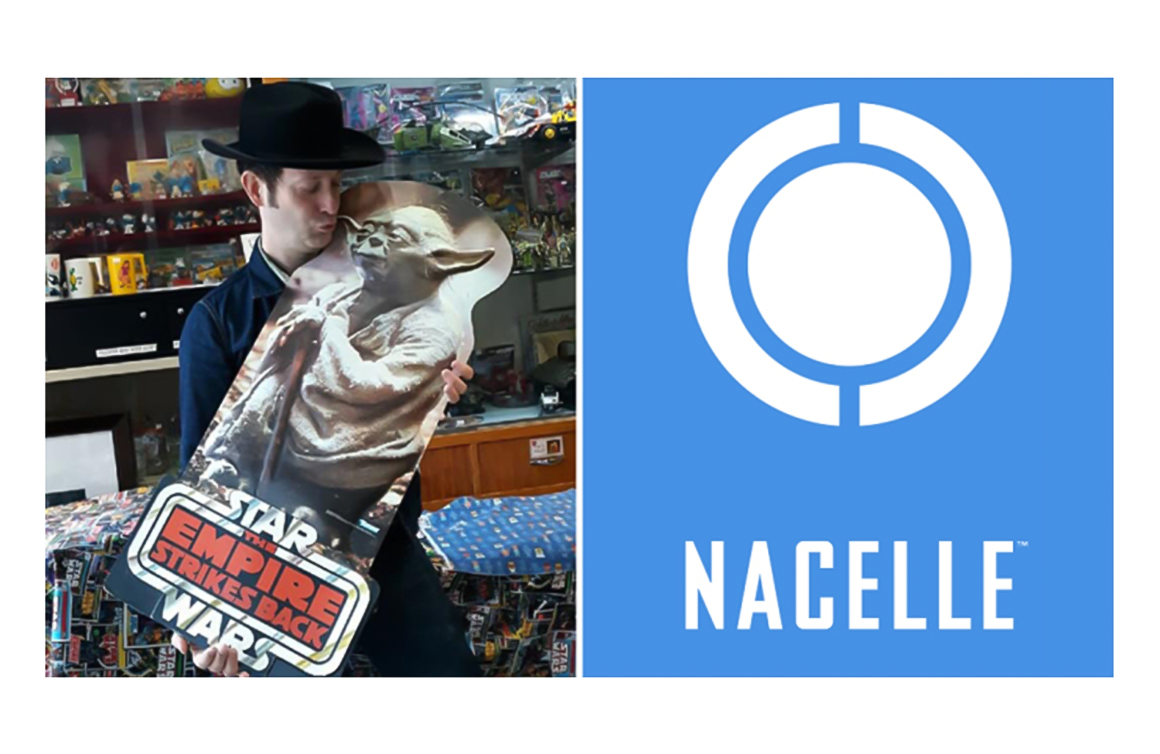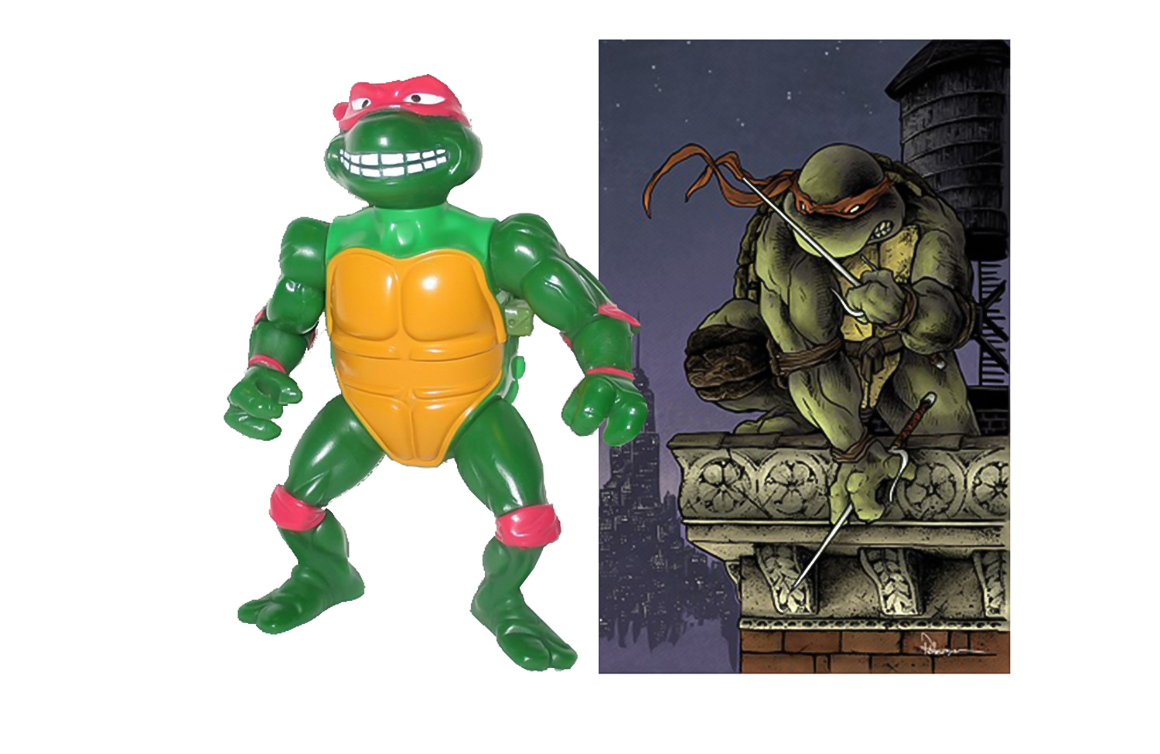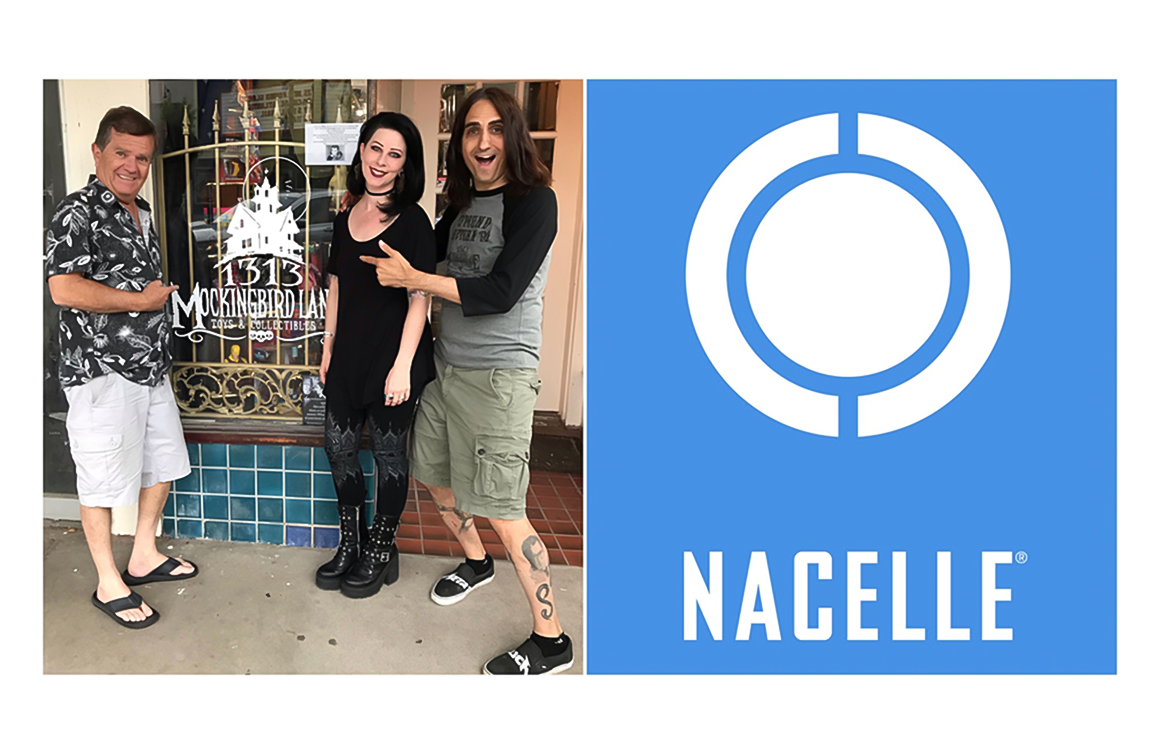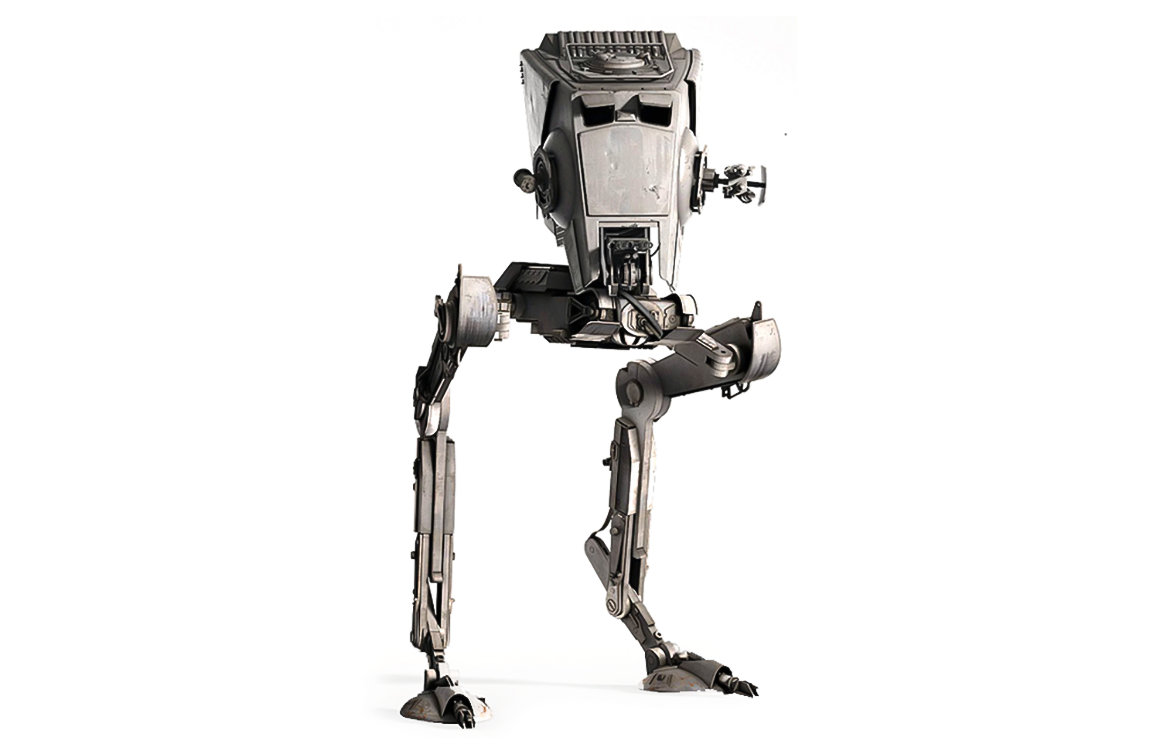You created the Netflix series, The Toys That Made Us. Your upcoming docuseries, A Toy Store Near You, features vintage toy stores. Where does your fondness for vintage toys come from?
It comes from being a kid and playing with toys. I stopped playing with toys a little later than most kids; about 12- or 13-years old, right before high school. In my junior year of college, I was in a comic store – I was into comics before toys – and spotted a Star Wars AT-ST (All Terrain Scout Transport). I had an epiphany: I always wanted to own the AT-ST and now that I’m making $5.05 per hour at my job, the toy that I want for $15 is just three hours’ worth of work. I brought it home. The AT-ST was the beginning of a collection that now includes about 2,000 individual pieces.

What toys from your childhood hold the best memories?
I’m working from home during COVID-19 so I can look around my office and see the toys instead of scratching my head trying to remember what I have. I still have a few of my childhood toys: an original R2-D2, Raphael from Teenage Mutant Ninja Turtles, two LEGO minifigs, some Batman toys from the 1989 movie (including Joker), and an original USS Enterprise model from Star Trek: The Motion Picture.
There are a lot of categories in my collection. I collect G.I. Joe merchandise but mainly the vehicles, I collect characters from Star Trek, Transformers toys specific to the 1980s series, and I have a gigantic robot collection from Robotech and Pacific Rim. I like Marvel but I’m not a crazy Marvel person like I am a crazy Star Wars person. Since producing The Toys That Made Us, I’ve added Hello Kitty and Barbie items to my shelf. I also love David Lynch’s Dune, so I have vehicles, prototypes, books, and bedding from that movie.

What makes the ten vintage toy stores profiled in A Toy Store Near You stand out?
Long story short, making The Toys That Made Us really fed my interest in vintage toys. When that show got the green light, I had less than 500 toys. I now have 2,000.
I travel frequently and like to go to toy stores in the places I’m visiting. I got to know a lot of the owners of the stores I visited. When COVID-19 hit, two of my local vintage toys stores, Black Cat Comics and Collectibles and Blast from the Past in Burbank, both temporarily closed. I thought: why not make a show to demonstrate what stores are going through, give them exposure, and donate the majority of the profit to those stores? Even though we’re all at home, we can go online to buy from them and show our support.
The first episode – I should be careful in saying this – will hopefully be out before May.

How does nostalgia serve society in times of fear and uncertainty?
I think nostalgia serves us always, not just in times of fear. The idea of nostalgia is not a new concept. Everyone forgets about Walt Disney’s Disneyland. It opened in the 1950s but it was created based on nostalgia for the 1920s and 1930s. Walt Disney was a big purveyor of nostalgia. It’s difficult these days for us to tell the difference between those decades, but Disneyland was created as a nostalgic experience.
To me, nostalgia isn’t necessarily about the toys but rather about who you were, who you are now, and being reminded of your former self; the self that didn’t have a mortgage, didn’t know about cancer, didn’t have credit card debt, and didn’t know what COVID meant. All my friends are watching Murder She Wrote these days. It’s the same phenomena–sitting at home with a pay cut or job loss, being reminded of a time without this anxiety.

You have a documentary in the works about television executive Margaret Loesch, What can you share about that project?
There’s a moment in Back to the Future Part III when McFly and Doc Brown ponder why everything keeps going back to 1955, why it is so important. It’s similar with Margaret Loesch; why does everything from a certain time lead back to her?
Margaret is a television executive directly responsible for Power Rangers, Teenage Mutant Ninja Turtles, Batman: The Animated Series, and others. We interviewed her for season two of The Toys That Made Us. I thought she was full of shit because I had never heard of her. I asked her off camera, “How come nobody knows who you are?” She felt she was just doing her job and her job was behind the scenes. She didn’t have a manager or a publicist. She just went about her job. She was one woman in a room full of 50 dudes. She’s humble. Not shy, but humble. She did her job, got paid, and went home. People who were only 10% as productive as her got more attention and fame. It took her about six months to agree to the documentary based on her career, but once she signed the contract, she was good to go. It should be out in mid-2021.
Documentaries take a long time to create. We shoot for months, then edit, and while editing we are constantly finding out about stuff we don’t have, so there’s more shooting. When word gets out about a project, more people come forward to share their story or point of view, so there’s more shooting. In any other kind of film making, there’s a script and a plan. For documentaries, it’s shooting and more shooting. Sometimes you find a story within the footage and you end up throwing out three months of work and re-cut the whole thing. A documentary must be A+ the whole way through. If it’s a docuseries, you can get away with a B- episode if you have to but a documentary needs to be A+ from start to finish. Every second. And it needs to have multiple meanings and value for viewers.
We have some other projects coming up as well. We have Behind the Attraction for Disney+ and All The Way Black for BET+. We did a series in 2012 called That Guy…Who Was In That Thing, then in 2015 we did That Gal…Who Was In That Thing. We’re now working on a third installment called That Guy…Who Was In That Thing 3: Trek Stars.
I am surrounded by an amazing team that includes Brian Stillman, Dwayne Johnson, Dany Garcia’s Seven Bucks Productions, and dozens of people who I am blessed to work with. We have a deep bench of A+ contributors.

Learn more about Volk-Weiss’ upcoming projects at Nacelle Company.

